Can anyone help me identify this tree
Sal Sexton
6 years ago
Featured Answer
Comments (8)
Sal Sexton
6 years agoRelated Discussions
Can Anyone Help Me Identify This Tree?
Comments (2)I don't normally follow the forum, just happened to be poking around and saw this. In the future for id requests, you should try the "name that plant" forum. Most id requests are answered in minutes as this one surely would have been. But I'll save you a trip there today. It is an osage orange or "hedge apple," Maclura pomifera. FataMorgana...See MoreHelp identify this tree
Comments (5)Perhaps a close up of the last 3-4 inches of a branch would help?...See MoreCan anyone help me identify this tree
Comments (2)Thank you very much Joe. I wouldn't have ever figured it out....See MoreCan anyone help me identify this tree please!
Comments (3)Top picture looks like weeping willow to me. Other two also look like willows imo....See MoreEmbothrium
6 years agolast modified: 6 years agomblan13
6 years agomblan13
6 years agoSal Sexton
6 years agotapla (mid-Michigan, USDA z5b-6a)
6 years agoNatures Buggy
6 years ago
Related Stories
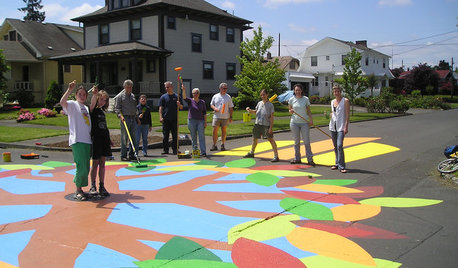
COMMUNITYCommunity Building Just About Anyone Can Do
Strengthen neighborhoods and pride of place by setting up more public spaces — even small, temporary ones can make a big difference
Full Story
MUDROOMSThe Cure for Houzz Envy: Mudroom Touches Anyone Can Do
Make a utilitarian mudroom snazzier and better organized with these cheap and easy ideas
Full Story
BEDROOMSThe Cure for Houzz Envy: Master Bedroom Touches Anyone Can Do
Make your bedroom a serene dream with easy moves that won’t give your bank account nightmares
Full Story
BUDGET DECORATINGThe Cure for Houzz Envy: Entryway Touches Anyone Can Do
Make a smashing first impression with just one or two affordable design moves
Full Story
CLOSETSThe Cure for Houzz Envy: Closet Touches Anyone Can Do
These easy and inexpensive moves for more space and better organization are right in fashion
Full Story
HOME OFFICESThe Cure for Houzz Envy: Home Office Touches Anyone Can Do
Borrow these modest design moves to make your workspace more inviting, organized and personal
Full Story
DECORATING GUIDESThe Cure for Houzz Envy: Guest Room Touches Anyone Can Do
Make overnight guests feel comfy and cozy with small, inexpensive niceties
Full Story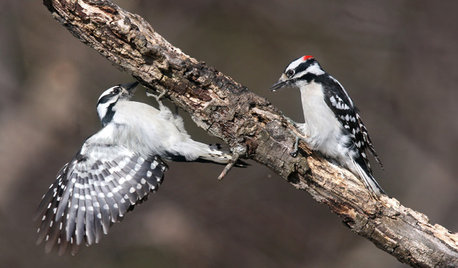
GARDENING FOR BIRDSBackyard Birds: How to Identify Two Common Woodpeckers
Downy and hairy woodpeckers have similar coloration and behavior. But there are two big differences that separate them
Full Story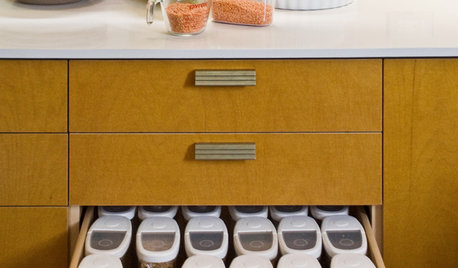
KITCHEN DESIGN6 Clever Kitchen Storage Ideas Anyone Can Use
No pantry, small kitchen, cabinet shortage ... whatever your storage or organizing dilemma, one of these ideas can help
Full Story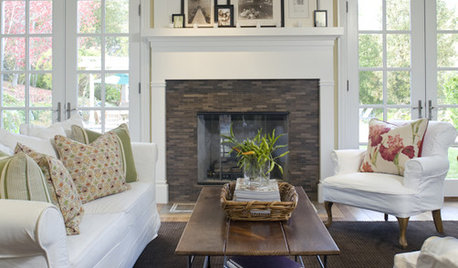
DECORATING GUIDESThe Cure for Houzz Envy: Family Room Touches Anyone Can Do
Easy and cheap fixes that will help your space look more polished and be more comfortable
Full StoryMore Discussions




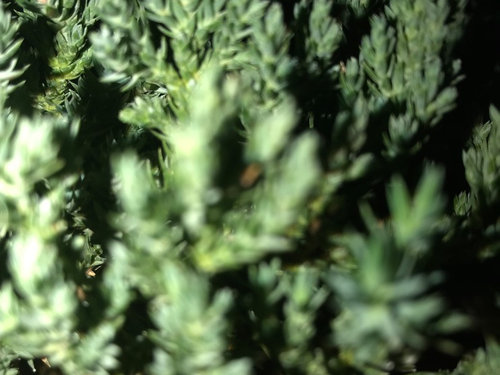



gardengal48 (PNW Z8/9)